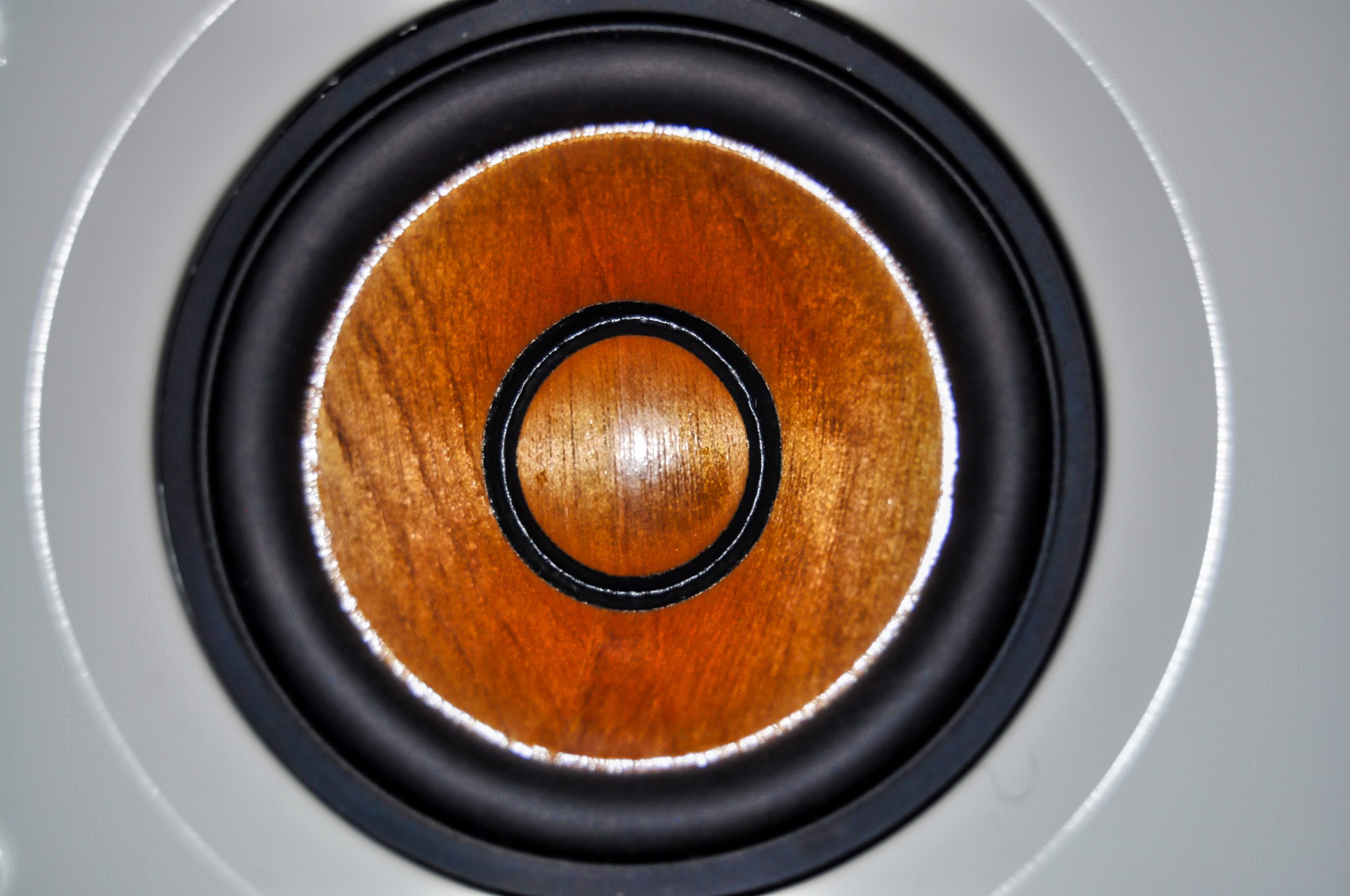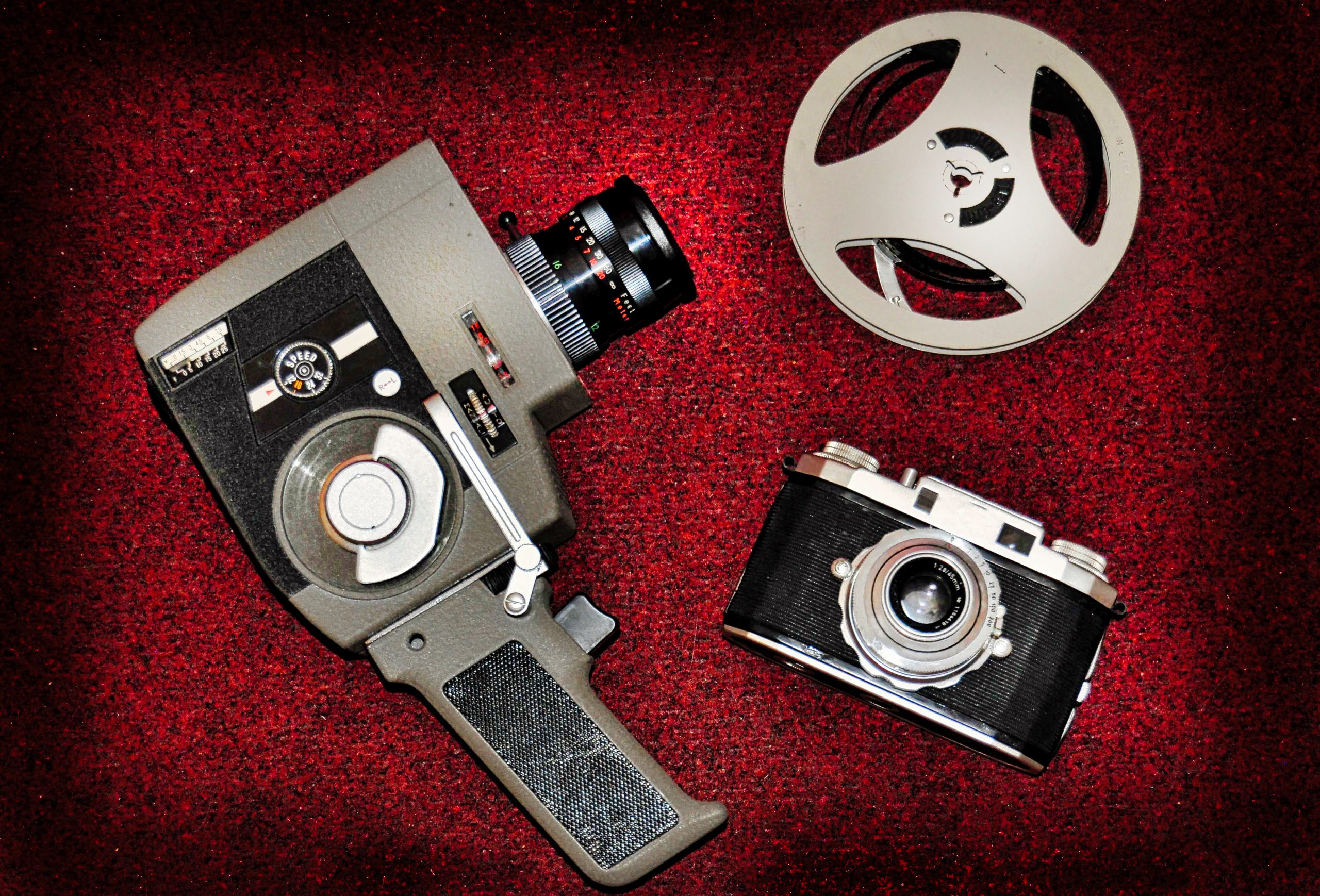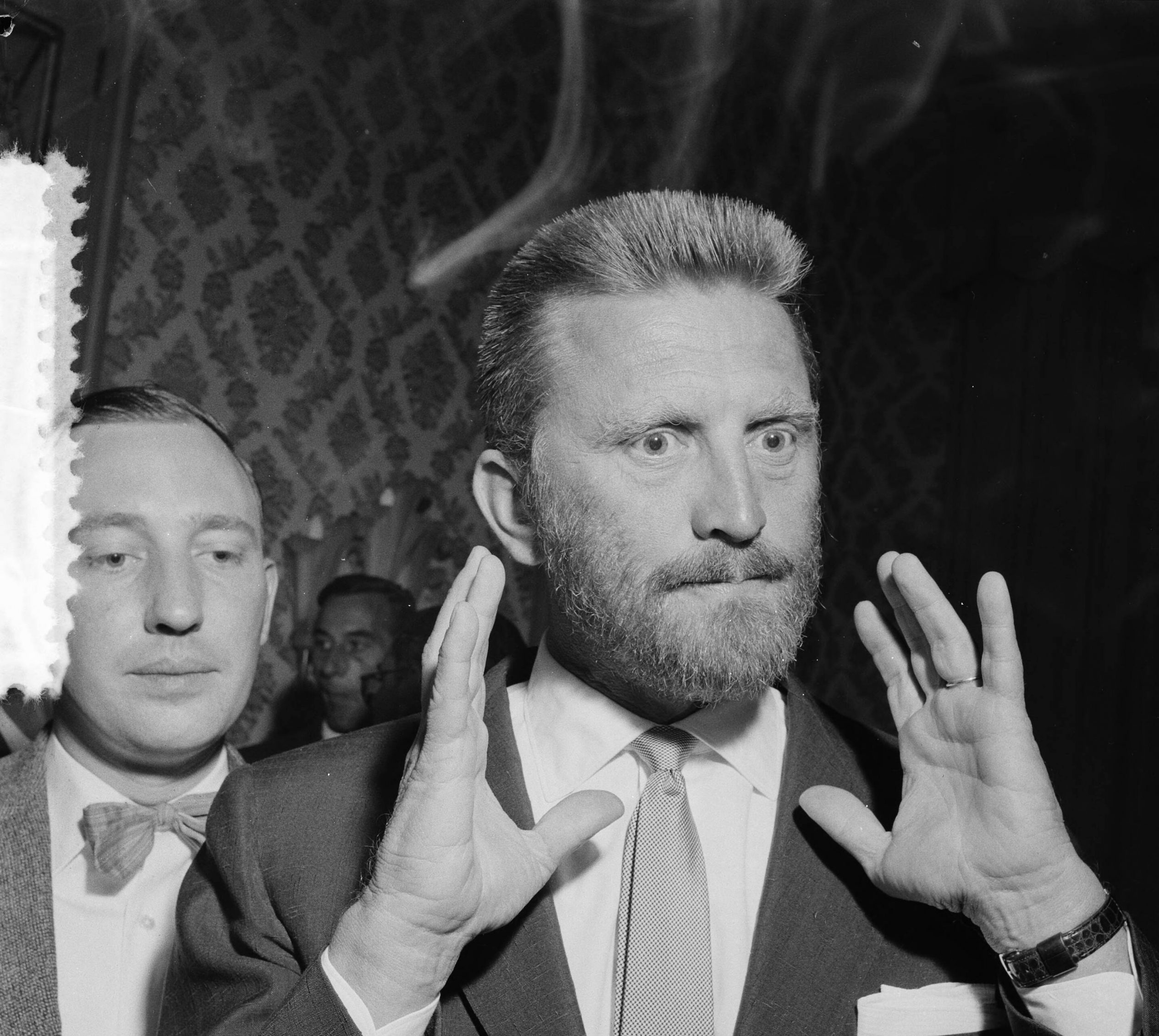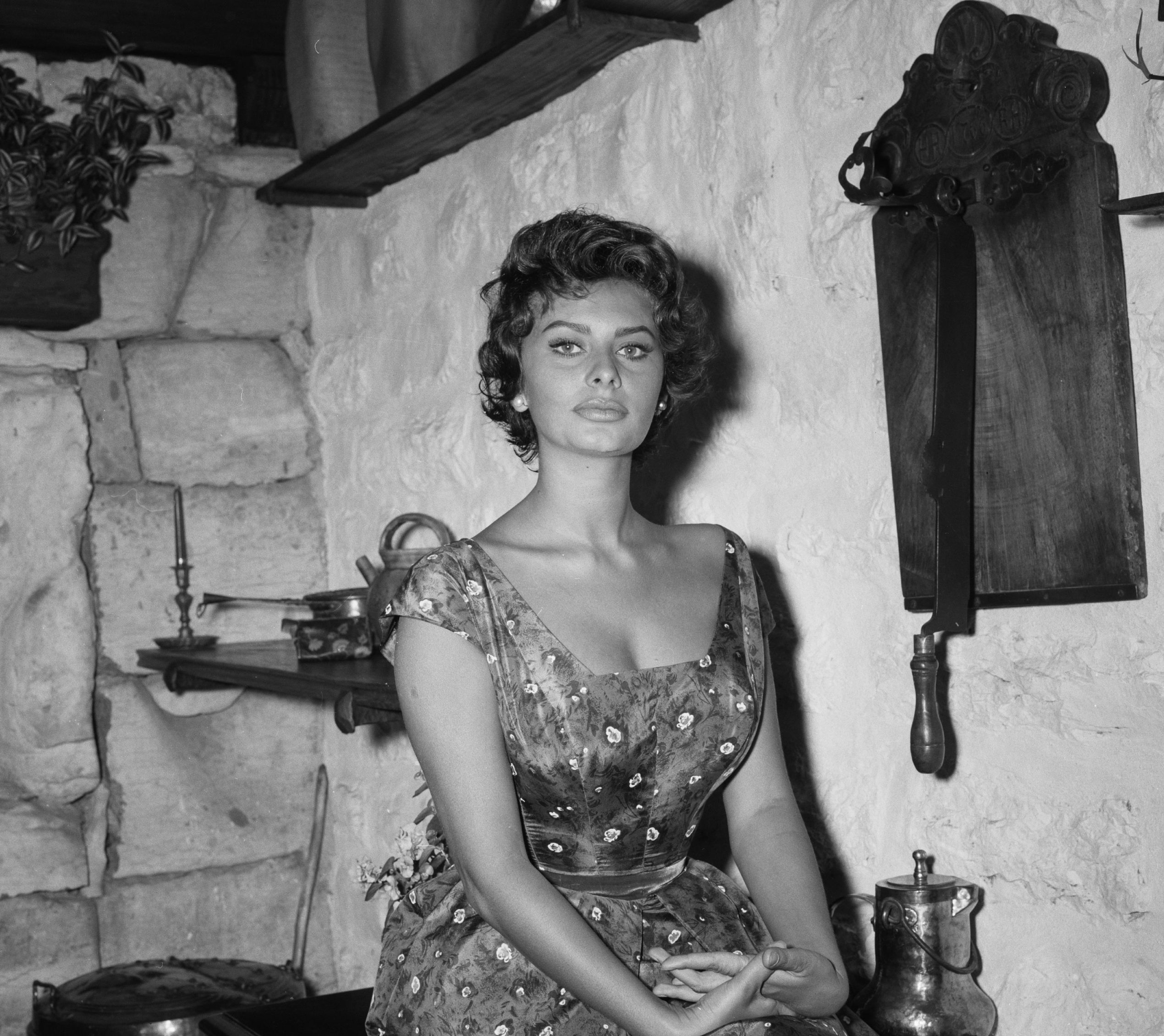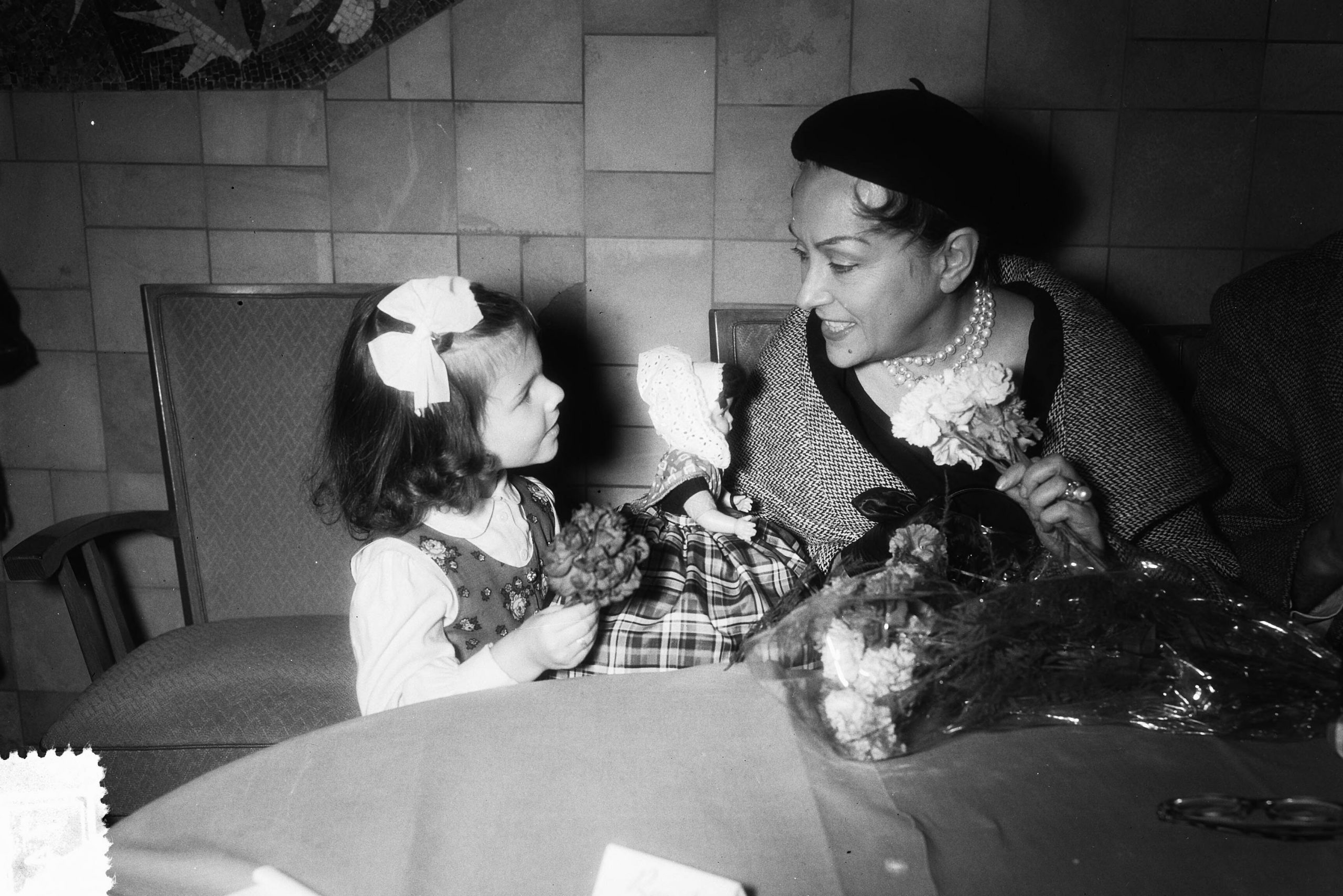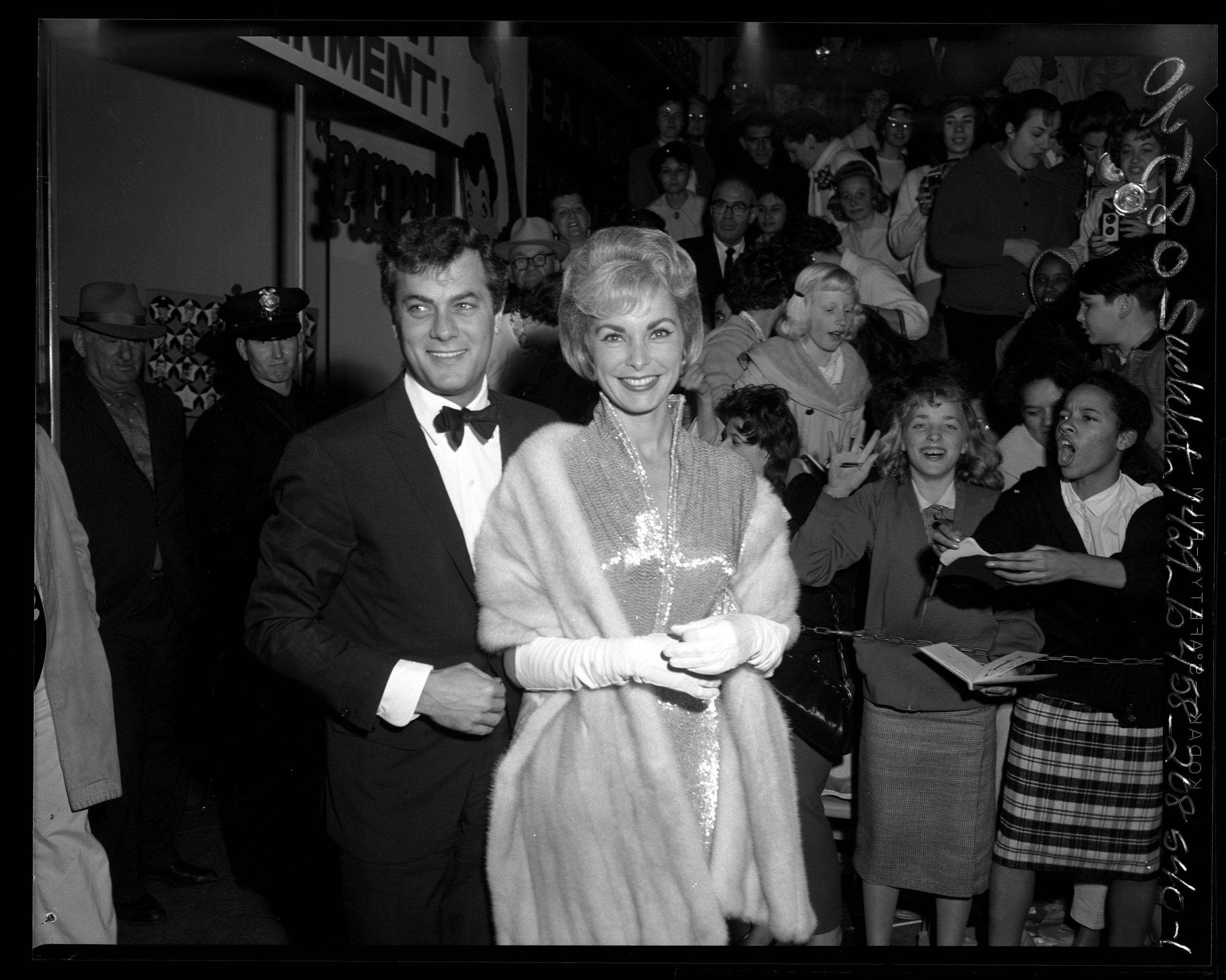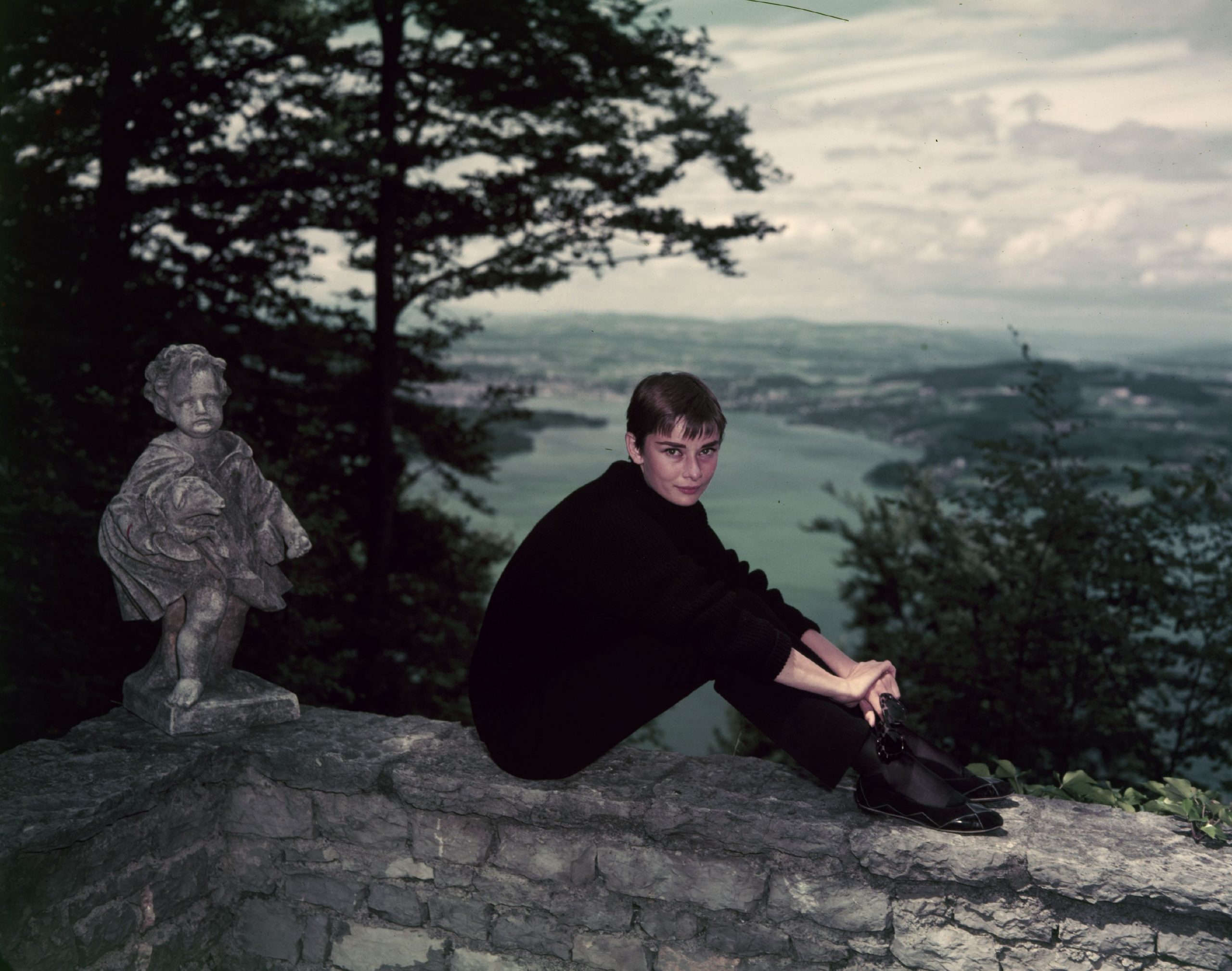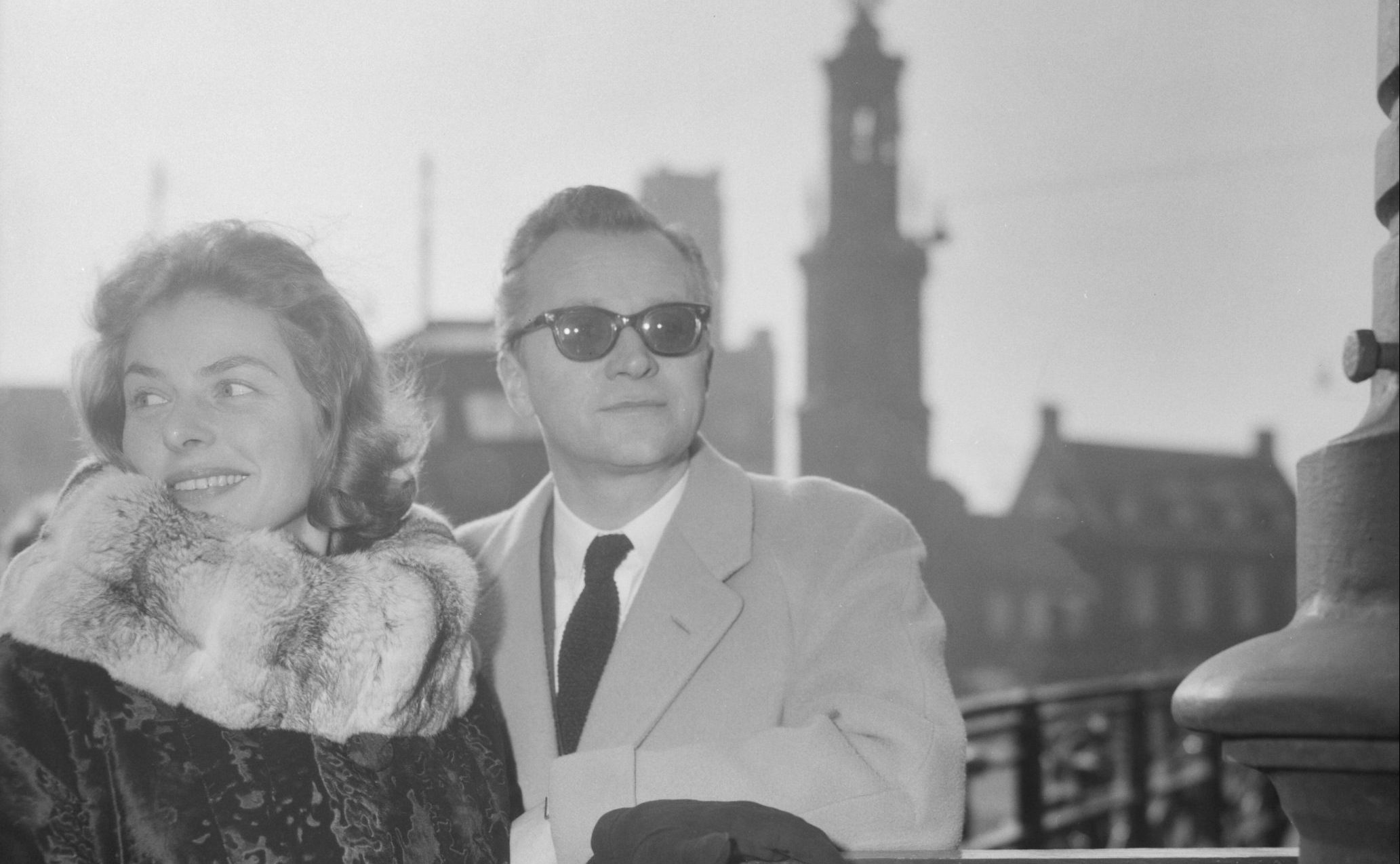In the thirties and forties, few could imagine a Hollywood actor who did not conform to the usual stereotypes: the stereotype of a Hollywood star was narrowly defined and someone of Asian descent was in principle not eligible for major roles. The actress Anna May Wong, a friend of Keye Luke’s, was one of the few Asian-American actresses to achieve success. However, after the Second World War at the latest, Wong’s career, probably the most important Asian-American actress of the Golden Age of Hollywood, was over. But for Luke, such a fate was not foreseen: He was to go a different way than his friend Anna May Wong… After all, the Hollywood dream factory, like nowadays, did not only employ actors back then: behind the scenes, countless people are busy today as they were then, making dreams come true on the big screen. Before Keye Luke had even seen a single film camera in his life, he worked as an artist for billboards and as a caricaturist who designed layouts for cinema advertising posters and newspapers.
Luke never completely gave up art in the course of his screen career: Among other things, the actor designed book covers alongside his film career.
Keye Luke’s character of Lee Chan was such a success that the character was made a recurring character in the film series.
First roles and Charlie Chan
One day an MGM producer was reportedly looking for a Chinese actor who could speak English well: Luke, who was born in China but had grown up in the USA, seemed a suitable candidate. Through his work as an artist for various film distributors, Keye Luke was not an entirely unknown name in show business. In the mid-twenties, he was also responsible for the interior paintings of Grauman’s Chinese Theatre in Los Angeles.
It was thus that Keye Luke first appeared in a supporting role in the Greta Garbo film The Painted Veil (1934). It was the first of well over a hundred films Keye Luke would star in during his career.
Shortly after his screen debut, Keye Luke landed his first major role: Luke was to play the part of Charlie Chan’s eldest son Lee Chan in Charlie Chan in Paris (1935). The character of Honolulu-born police detective Charlie Chan was created by Earl Derr Biggers and the associated film series enjoyed great popularity in the 1930s. Keye Luke’s character of Lee Chan was such a success that the character was made a recurring character in the film series. In total, Luke played the role of Charlie Chan’s eldest son seven times alongside Swedish-American actor Warner Oland.
Representation of US Americans of Asian Descent
In many US states, so-called “mixed marriages” were forbidden until the 1960s: Consequently, any on-screen representation of such relations was also undesired. When Keye Luke was at the height of his Hollywood career, it was simply not possible for him to play a leading role in a romantic film alongside a Hollywood actress because of this fact.
Keye Luke saw it as one of his career goals to end the stigmatisation of US Americans of Asian descent. In an interview, the actor once said, looking back on his career, “The Chinese laundryman and the Japanese gardener may still be with us, but most Chinese and Japanese now find themselves in the mainstream of American life.“
To this day, cinema culture reflects what is happening in a society and what the flashpoints are: Greater representation of people of Asian descent in Hollywood projects automatically meant that this population group was perceived completely differently in everyday life. If, on the other hand, an actor of Asian descent had continued to be given only the role of gardener or laundry worker, the public perception of an entire ethnic group in the collective consciousness of the “Western world” would probably never have changed.
Kung Fu
In the late sixties, Keye Luke began to appear in television series: Probably the most important television series Luke appeared in was Kung Fu (1972 – 1975). In the series, Luke took on the role of Master Po. The television series enjoyed great popularity in the seventies and Luke’s character became a pop culture phenomenon.
Keye Luke once described Kung Fu as the most important work of his acting career, because the series gave him an insight into Chinese Kung Fu culture to an American audience that had not heard of Chinese culture before. The television series Kung Fu marked the beginning of a long line of films and series on the subject of Kung Fu. Interest in various forms of Chinese martial arts continues to this day: This is due in part to Keye Luke, who seized the opportunity and awakened public interest in a part of Chinese culture with his role of Master Po.
At the time, when Keye Luke was still working in the old Hollywood studio system, he was often cast in the roles of doctors, businessmen and lawyers. The aim was to portray him as the “Chinese American next door”. In the later years of his career, this changed: he was given the opportunity to introduce the public to parts of Chinese culture that no one else would have been interested in.
Keye Luke saw himself not only as an actor, but as an ambassador of the culture from which he originally came.
Ambassador of his own culture
Keye Luke belonged to the first generation of US actors of Asian descent ever: not only did he play the role of the “nice Chinese guy next door” throughout his career, with many of his later roles the Chinese philosophy of life and culture found its way into his work for the screen.
Late significant roles for Keye Luke included playing the grandfather in Gremlins (1984) and the sequel Gremlins 2 – The New Batch (1990).
If Keye Luke had not submitted to the usual Hollywood stereotypes in his early career and had conformed to the strict ideas of the Hollywood system, the situation for Hollywood actors of Asian descent would probably be a lot more difficult today: Keye Luke saw himself not only as an actor, but as an ambassador of the culture from which he originally came. Luke is the prime example of a US-American of Chinese descent who integrated himself perfectly into the prevailing conditions and at a certain point in his career advanced through his roles to become an ambassador of his own culture, to which he always remained connected.
Main sources: An article in tgnreview.com and Keye Luke’s entry at filesofjerryblake.com.
Cover picture: Keye Luke in 1976 in Amsterdam on the occasion of a press conference for the film “The Amsterdam Kill” (starring Robert Mitchum among others).
Picture credit: Fotograaf Suyk, Koen / Anefo, Nationaal Archief, CC0

 Deutsch
Deutsch